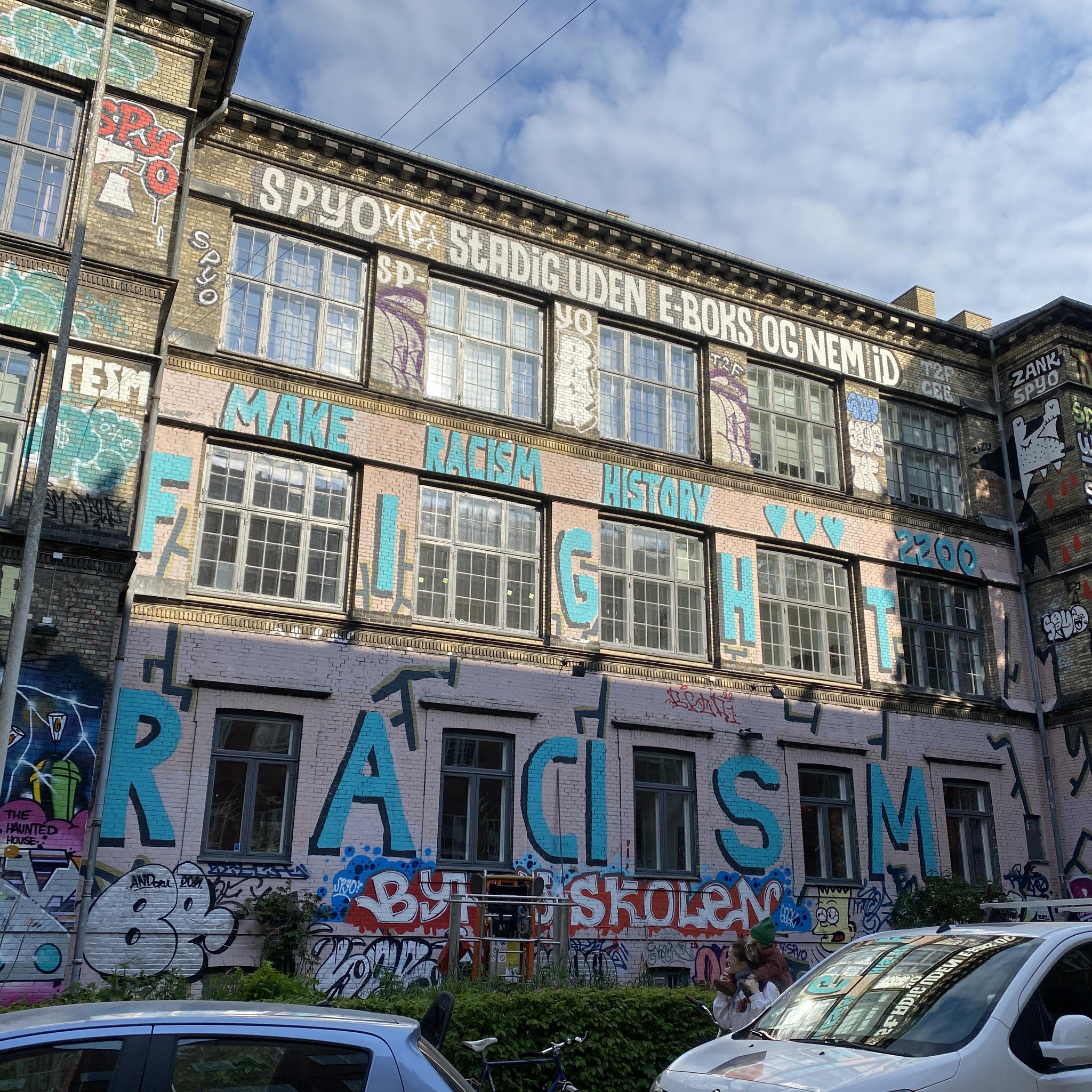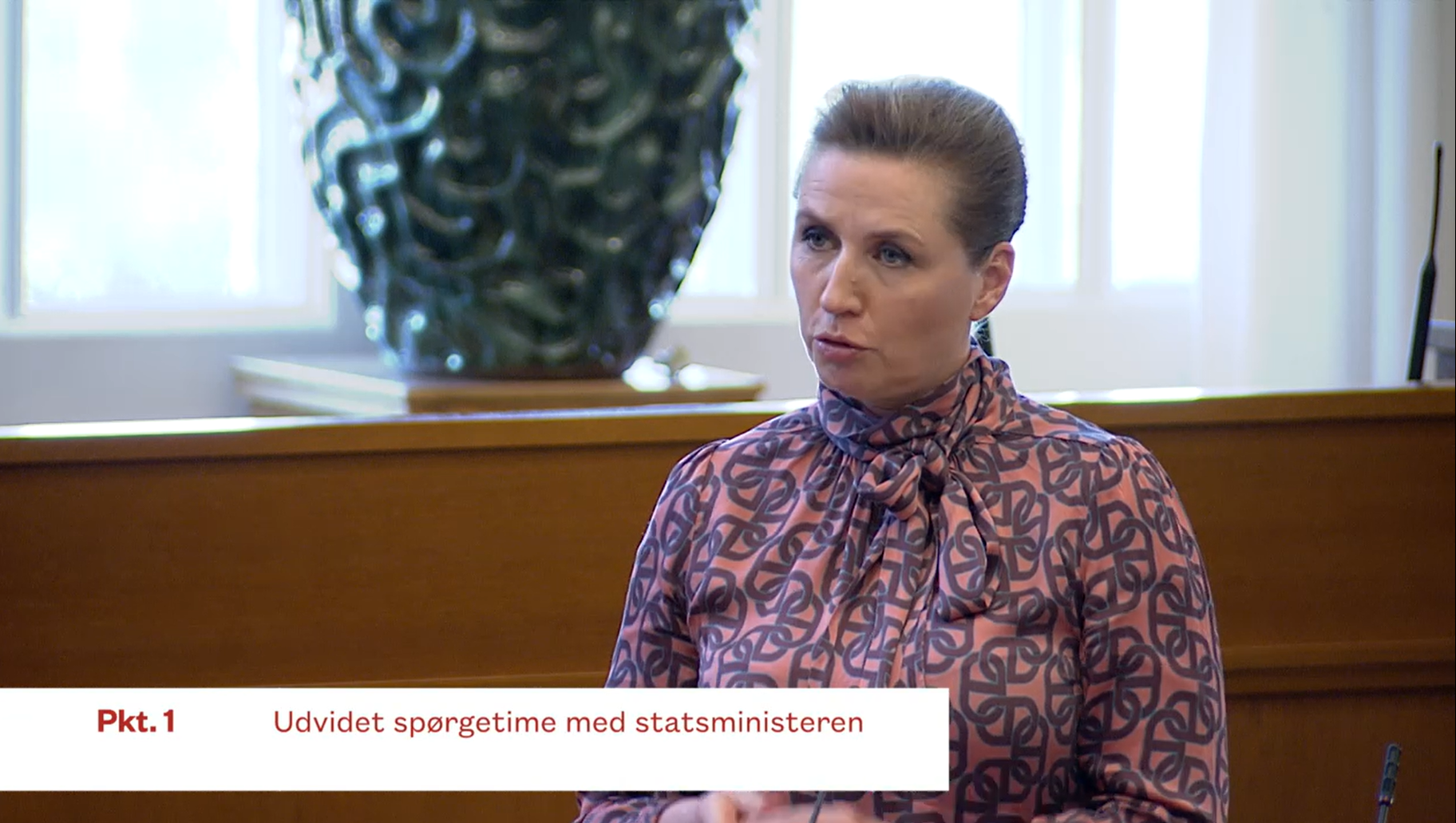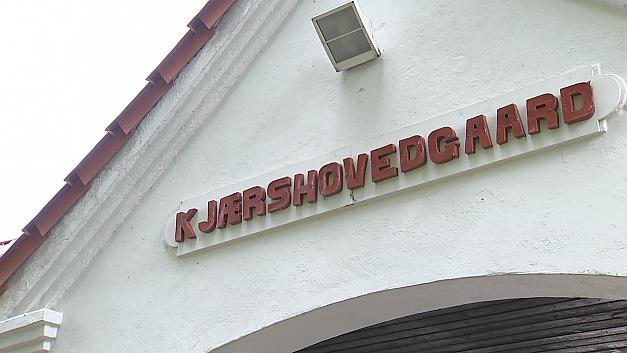Despite the tabloids’ best efforts to tip the nation’s balance in a negative direction, a new approach is beginning to pay dividends
Anyone following the Danish media will have noticed that the issue of integration is well and truly to the fore these days.
Accentuate the negative
Last week, Ekstra Bladet ran a series of in-depth articles on the Vollsmose housing estate in the suburbs of Odense – and perhaps not unsurprisingly, these have tended to focus on the negative aspects.
The overall tenor of the tabloid coverage is that integration has not worked, people are afraid to go to the estate because of criminal gangs, religious fanaticism is on the rise, the residents are all on the dole – and politicians should ‘do something about it’.
In the same vein, Metroxpress ran a cartoon featuring Dolph, the choleric blue hippopotamus, with the caption: “Dolph has the solution to the problems of the parallel society in Vollsmose! Let them vote for independence! They’ll have their caliphate – we’ll save money on social security benefits and also have a convenient opportunity for duty-free shopping!”
As satirical as it was meant to be, it would appear to encapsulate the view of a lot of people today.
New thinking required
David Munis Zepernick, who is standing for the Radikale party in local elections on November 21 for Frederiksberg Municipality, has other ideas. He believes constructive solutions are the answer and that newly-arrived foreigners – whether immigrants or refugees – are a potential resource rather than a millstone.
Although he was born and grew up in Denmark, Zepernick has a maternal grandfather from west Africa and therefore has more first-hand experience of other cultures than most.
One of his points is that immigrants are not allocated around the country in a fair manner. Rich municipalities such as Frederiksberg and Gentofte have managed to avoid taking their fair share, pushing the burden onto the poorer municipalities west of Copenhagen (see factfile).
“No municipality is better suited to addressing the challenges of integration than Frederiksberg,” Zepernick told CPH POST.
“I don’t buy the argument that we should try to relocate refugees outside Frederiksberg because the housing price per square metre is higher in Frederiksberg than in practically all other municipalities – wealth cannot be an excuse.”
Where there’s a will …
It has been suggested that pushing immigrants out rather than trying to integrate them locally is one of the main causes of the ‘ghettoisation’, along with the attendant problems it creates, which the tabloids are so keen to dwell on.
Zepernick points out that Køge and Solrød, two municipalities in the southwest of Copenhagen, have tackled things differently. They encourage foreigners arriving in Denmark that their skills can be adapted to Danish circumstances. The municipalities map their competencies and assign a career mentor to them and/or involve them in voluntary work from the very beginning.
This is an excellent way, says Zepernick, to create success stories for the individuals involved and for the local community, as well as converting as many of them as possible into tax-paying citizens, contributing to the common good and becoming integrated into society because of that. It is also important, he said, to publicise these success stories to counter the general perception that every foreigner is an unwanted burden.
There are, of course, undeniable problems regarding the successful integration of foreigners, and these should not be underplayed. Many refugees and newly-arrived foreigners have little or no education. They may also – in the case of refugees and migrants – be traumatised by their experience getting here. For them to become good tax-paying citizens there has to be a way to get them into the Danish labour market.
At the moment, there is a system that works quite well called ‘branchepakkeforløb’, which matches individuals with industries and companies where there is a demand for manual labour. Zepernick feels that this should be strengthened, as it does provide real jobs at real companies.
… there might be a way
Some of Zepernick’s ideas have been inspired by meeting Torben Møller-Hansen, the CEO of Foreningen Nydansker. Founded in 1998, the organisation aims to provide educational and vocational solutions to integrate immigrants into the labour market.
One of the founders was Edvin Blomqvist, the former personnel manager of Haldor Topsoe, who got the idea thanks to a co-operation with the Danish Refugee Council to take immigrants as interns who turned out to be a success. Some even joined the company, and others got jobs elsewhere.
So in collaboration with two other business people – accountant Niels Ole Ellegaard and Torben Lund – Blomqvist decided to shake up the industry and help get more immigrants into jobs.
“At that time, there were few business people interested in this area. It was almost an empty arena that we entered,” he told CPH POST.
“That’s why it was a rather sluggish start, as it was hard to get the attention of the business community.”
A few telephone calls produced the first 10 members of the organisation.
“It was companies like IBM, Berendsen and Superfos that backed the initiative,” he recalled.
“They were willing to take a risk and put their names to the project, even though we were basically starting from scratch. That was really decisive in the formation of the organisation.”
It was an uphill struggle to convince companies to start with. After all, there were a lot of unemployed people, so why take a risk with someone who perhaps didn’t speak fluent Danish? There were also worries about whether the newcomers would cause friction at the workplace. So it was important to have an organisation that could advise employers in how to deal with people from other cultures and backgrounds and how best to integrate them.
“To start with, we used most of our energy on influencing people’s attitudes – holding seminars, taking part in conferences and sending out information,” continued Blomqvist.
“It was important to use the debate in society on mutual tolerance and try to angle it in a positive way – as well as giving companies relevant information and an insight into other firms’ experiences.”
The signal was obviously picked up because, fairly quickly, the organisation grew to 150 members and continues to carry on this important work today.
Targeting the young
Taking up the mantle, Zepernick believes it is vital to target the young and would like to see a two-fold strategy that includes a job exchange to match young refugees with the jobs that local young people would have, such as in shops and supermarkets. The merit of this is to introduce foreigners to the Danish job climate from the start.
He would also like to see people prepared to introduce young newcomers into the social life of the community, such as at sports clubs. This could be an important stepping-stone to learning the language and acquiring the necessary social skills to equip them for Danish society. Some places, such as Ringkøbing-Skjern Municipality in Jutland, are already doing this and getting good results.
So if Zepernick and Møller-Hansen have their way, maybe we will soon be reading positive stories about immigrants and refugees starting up small businesses, becoming successful at sport, and generally being regarded as valuable members of Danish society – rather than as a social and economic problem.














